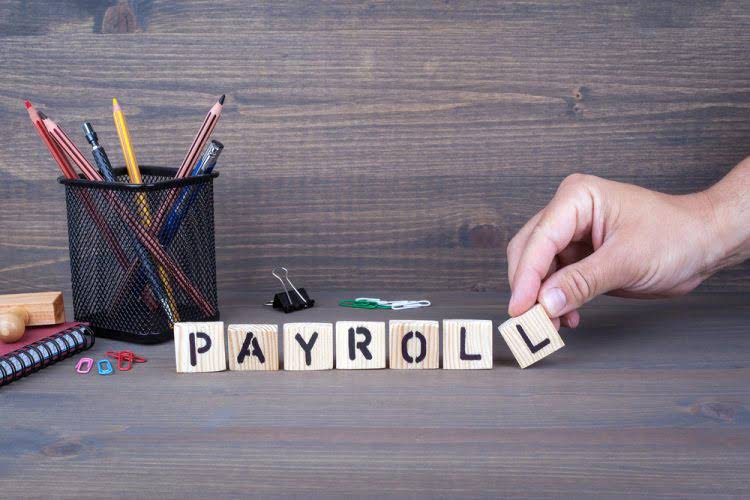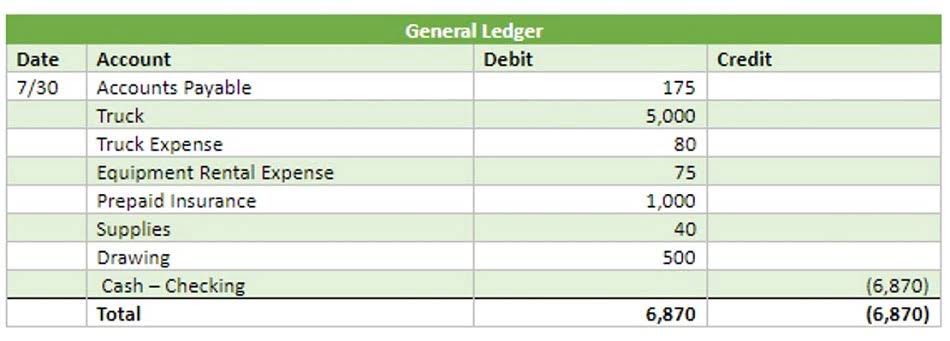
These accounts typically have a debit balance because expenses decrease equity. When a company incurs an expense, the relevant expense account is debited, reflecting the reduction in the company’s assets or the creation of a liability. An accurate tally of expenses is crucial for determining the net income of a company, as they are subtracted from revenues in the income statement. Monitoring these accounts helps in controlling costs and improving the company’s overall financial efficiency.
Record your transactions in Brixx
This account is then closed to the owner’s capital account or a corporation’s retained earnings account. This and other summary accounts can be thought of as a clearing account. A record in the general ledger that is used to collect and store similar information. For example, a company will have a Cash account in which every transaction involving cash is recorded. A company selling merchandise on credit will record these sales in a Sales account and in an Accounts Receivable account. This means that the new accounting year starts expense normal balance with no revenue amounts, no expense amounts, and no amount in the drawing account.
Bad Debt Expense and Allowance for Doubtful Account
These accounts normally have credit balances that are increased with a credit entry. For reference, the chart below sets out the type, side Certified Bookkeeper of the accounting equation (AE), and the normal balance of some typical accounts found within a small business bookkeeping system. From the table above it can be seen that assets, expenses, and dividends normally have a debit balance, whereas liabilities, capital, and revenue normally have a credit balance.

Normal account balance definition
The machine in our example above that was purchased for $500,000 is reported with a value of $300,000 in the third year of ownership. This tactic is often used to depreciate assets beyond their real value. Companies may do this so they can claim higher depreciation deductions on their tax returns and because it stretches the difference between revenue and liabilities.
- This is vital for keeping accurate financial records and showing a company’s financial health.
- Recording an expense as a debit shows its reducing effect on equity.
- When it comes to the world of accounting, maintaining balance is of utmost importance.
- We discussed examples of normal balances for different types of accounts, including assets, liabilities, equity, revenues, and expenses.
- The income statement accounts are temporary because their balances are not carried forward to the next accounting year.
Practical Insights into Tracking Financial Health
Equity accounts, like Common Stock, show ownership investment and earnings. They too have a credit balance, showing long-term financial benefits. In accounting, debits and credits are the fundamental building blocks in a double-entry accounting system.

Revenues, Expenses, and the Implications for Normal Balances
At the heart of this precision lies an understanding of normal account balances—a concept critical to maintaining the integrity of a company’s books. Companies using the accrual method of accounting recognize accrued expenses, costs that have not yet been paid for but have already been incurred. Accrued expenses make a set of financial statements more consistent by recording charges in specific periods, though it takes more resources to perform this type of accounting. Accrual accounting presents a more accurate measure of a company’s transactions and events for each period. Cash basis accounting often results in the overstatement and understatement of income and account balances. An accrued expense, also known as an accrued liability, is an accounting term that refers to an expense that is recognized on the books before it is paid.
- Since the purpose of the contra account is to be offset against the balance on another account, it follows that the normal balance on the contra account will be the opposite of the original account.
- Bad debt is the expense account, which will show in the operating expense of the income statement.
- Again, you need to understand that the $500 credit entry to Consulting Revenues is causing a $500 increase in a permanent account that is part of owner’s equity or stockholders’ equity.
- Chartered accountant Michael Brown is the founder and CEO of Double Entry Bookkeeping.
- However, the company is owed $90,000 and will still try to collect the entire $90,000 and not just the $85,200.
- For this reason the account balance for items on the left hand side of the equation is normally a debit and the account balance for items on the right side of the equation is normally a credit.
- They teach us that assets and expenses should have a Debit balance.

In your financial toolkit, expense accounts are specialized compartments that track the money flown out for goods and services your business consumes. Picture these accounts like fuel gauges measuring the resources burned to keep your business engine running. Notably, these accounts also reflect the impact of sales discount strategies, where reduced revenues due to price concessions gross vs net are monitored to ensure they align with your financial goals. Each payment made is an expenditure captured, leaving digital footprints across your ledger, shaping your fiscal story one expense at a time. A contra account is one which is offset against another account. So for example there are contra expense accounts such as purchase returns, contra revenue accounts such as sales returns and contra asset accounts such as accumulated depreciation.
Leave a Reply